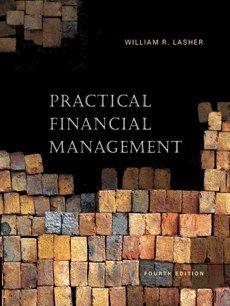Ch 07: End-of-Chapter Problems - Bonds and Their Valuation Search this CO eBook It is now January 1, 2018, and you are considering the purchase of an outstanding bond that was issued on January 1, 2016. It has a 9% annual coupon and had a 20-year original maturity. (It matures on December 31, 2035.) There is 5 years of call protection (until December 31, 2020), after which time can be called at 109-that is, at 109% of par, or $1,090. Interest rates have declined since it was issued, and it is now selling at 114.12% of par, or $1,141.20. a. What is the yield to maturity? Do not round intermediate calculations. Round your answer to two decimal places. What is the yield to call? Do not round intermediate calculations. Round your answer to two decimal places. % b. If you bought this bond, which return would you actually earn? Select the correct option. 1. Investors would not expect the bonds to be called and to earn the YTM because the YTM is greater than the YTC. 11. Investors would not expect the bonds to be called and to earn the YTM because the YTM is less than the YTC. III. Investors would expect the bonds to be called and to earn the YTC because the YTC is less than the YTM. IV. Investors would expect the bonds to be called and to earn the YTC because the YTM is less than the YTC. V. Investors would expect the bonds to be called and to earn the YTC because the YTC is greater than the YTM story -Select- -Select- C. Suppose the bond had been selling at a discount rather than a premium. Would the yield to maturity have been the most likely return, or would the yield to call have been most likely? 1. Investors would expect the bonds to be called and to earn the YTC because the YTM is less than the YTC. II. Investors would expect the bonds to be called and to earn the YTC because the YTC is greater than the YIM. III. Investors would expect the bonds to be called and to earn the YTC because the YIC is less than the YIM. IV. Investors would not expect the bonds to be called and to earn the YTM because the YTM is greater than the YTC. V. Investors would not expect the bonds to be called and to earn the YTM because the YIM is less than the YTC. -Select- Grade it Now Save & Continue Continue without 1:31 PM 7/2020 o








